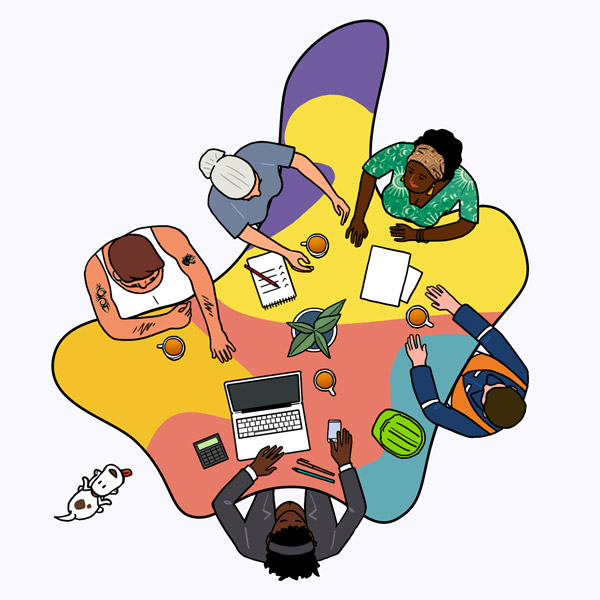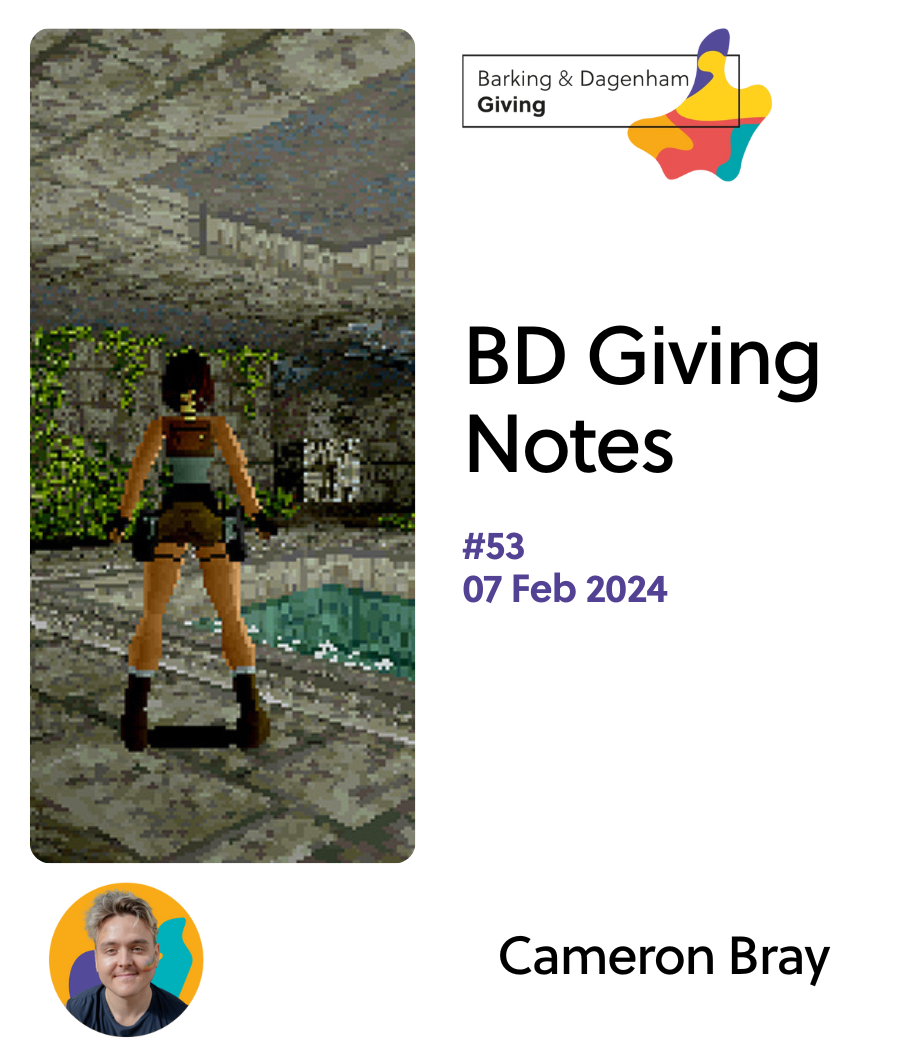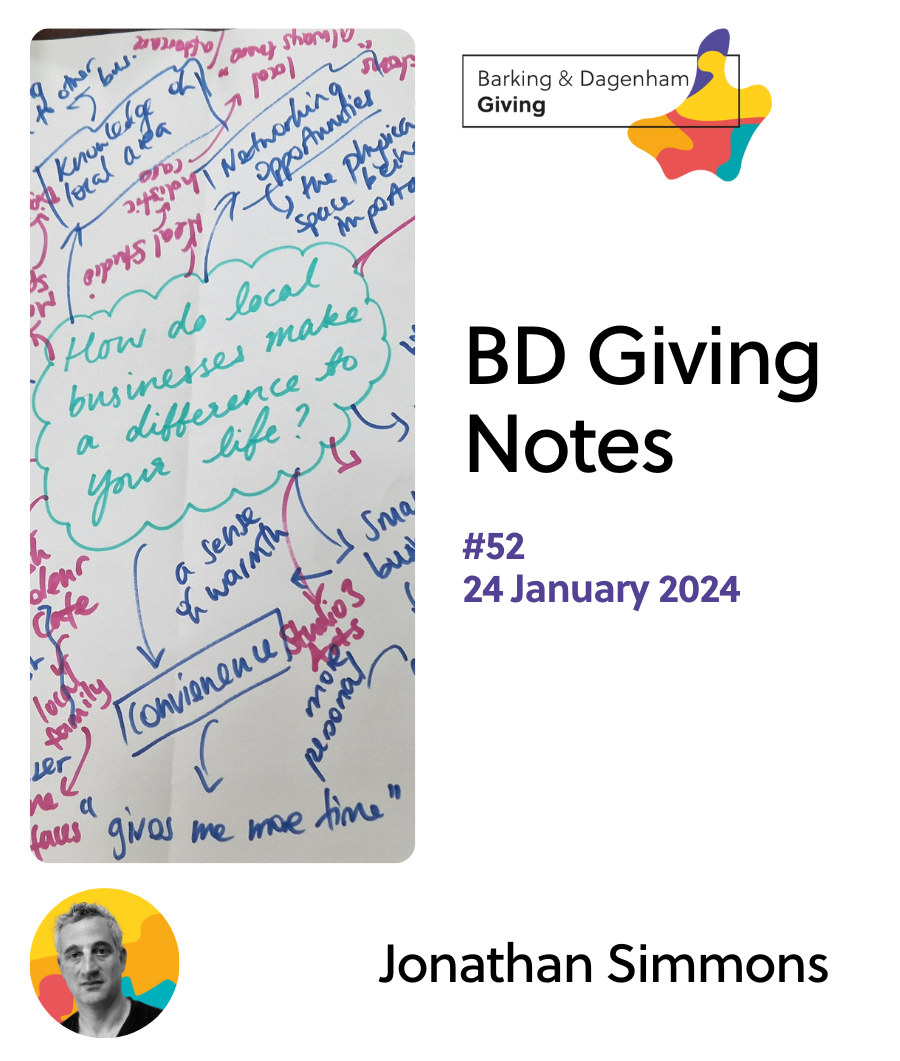
How do you determine whether a participatory funding intervention has value? This is a question that participatory grant makers are used to be asked, and one that I have already touched upon in this BDG Note #2 on evaluation. It is a question that is important to unpack because sometimes it is the consequence of a misunderstanding about the purpose and value of participation, and its moral underpinnings.
“Participatory funding cedes decision-making power about funding decisions—including the strategy and criteria behind those decisions—to the very communities that a foundation aims to serve.”
Don’t get me wrong. It is absolutely legitimate to question the value of a participatory funding approach, or to seek better value for money. After all, there are many ways of delivering participatory interventions and few designers, practitioners, tech entrepreneurs or civil servants can legitimately claim to have found the key to citizen power.
Nonetheless, I believe the search for efficiency should never override the reason we do participation in the first place. If it does, we risk falling into tokenism.
Central to our action is the desire to rethink how charity funding and governance can help increase equality and further social justice. This means that everywhere we can we interrogate assumptions on how power ought to be distributed, and work in solidarity with the community to rebuild a more equitable, balanced relationship between funders and fundees.
In practice, during our early funding rounds we ran ad hoc processes to recruit local people to make decisions about grant allocation. While this approach worked well for small, simpler grant funds, we realised that it had limited added value for more complex activity. This includes, for instance, the deployment of investments where participants need additional capacity and support, and risk management is higher priority.
From the outset we have been very clear that we wanted the community to feel like BD Giving’s Endowment Fund was their money and take responsibility for how the funds are invested, managed, and how decisions about distributing annual returns are made.
In response to the limitations of ad hoc decision-making bodies, we chose to establish a semi-permanent Community Steering Group to build ongoing participation into the design of the Community Endowment Fund. An open recruitment process led to a group of 14 local people joining us to learn about social investment, and develop an Investment Policy for the £1.5 million endowment.
This did not come free of charge, nor was it perfect – this is something I will cover in a future post – but we made a conscious choice that this investment in the process was worth it and would ultimately benefit Barking and Dagenham.
As we move from policy design to deployment of investments we are once again thinking about how we bring the community along with us. What form of Community Steering Group do we need? What resources should be committed to it?
Simone de Beauvoir once said ‘morality resides in the painfulness of an indefinite questioning’. For us, this questioning is a balancing act between getting money out, into the voluntary, community and social enterprise sector, and investing in the people that take part in our participatory processes.
Make no mistake. The true value of this work is much bigger than a return on investment. It is in the relationships, connections, hope and pride that engulfs us all when we feel we are doing something worthwhile. Something that, however small or big, really has the power to change the world.
BD Giving Notes is a weekly blog aimed at sharing some CEO Geraud de Ville de Goyet’s thoughts on running a social infrastructure charity. Each post focuses on a couple of things we have learnt or done in the previous week; what’s gone well and what didn’t.









